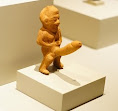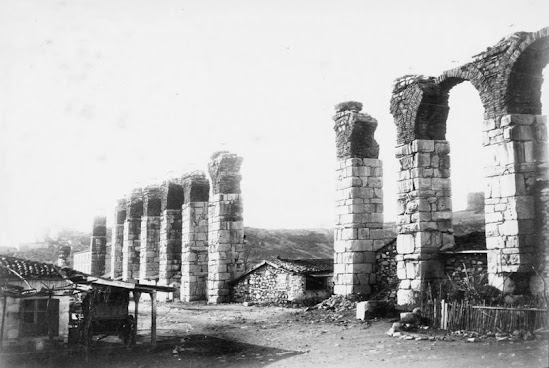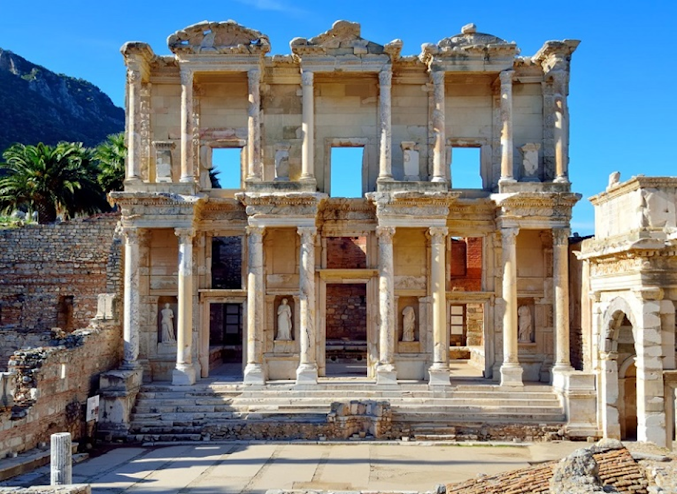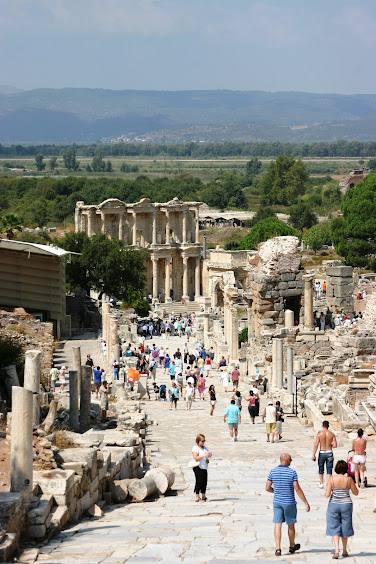The Brothel

Henry James wrote a short story called “The Birthplace,” in which Morris Gedge and his wife are chosen to be the docents in the house where William Shakespeare was born. It’s obviously Shakespeare’s birthplace, although James never mentions Shakespeare by name. He is always He or Him, and t he people who come to visit the birthplace are always They . Feeling privileged and personally responsible for preserving and passing on the Truth about Him, Morris can’t bring himself to dramatize his tours with any unsubstantiated detail, as Mrs. Gedge, who has no such compunctions, enthusiastically does. Morris acknowledges that he does not know precisely where in the house He was born; Morris isn’t even sure that He was born in that house. But They are not impressed and attendance declines. Morris is reprimanded by the higher-ups who hired him. Finally, in danger of losing his job, he relents, and in the final scenes of the story he concocts an elaborate picture of the childhood genius cr...






